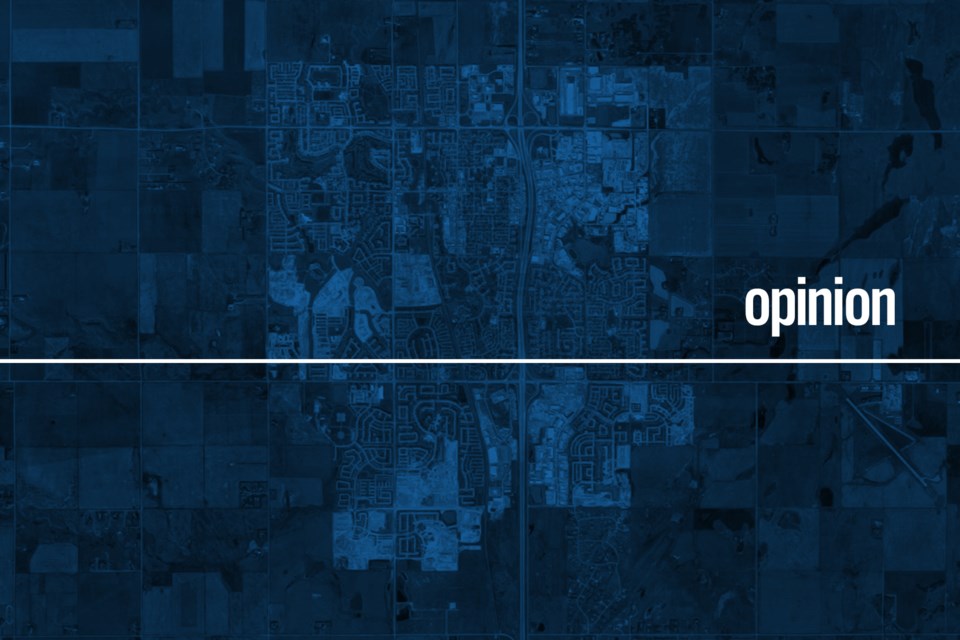Not related whatsoever to the pandemic, the 17 small cities in Alberta (not Edmonton and Calgary) are moving further into debt with perhaps few taxpayers paying much attention.
Municipal Affairs in Alberta emerged from the pandemic with a brand new scorecard showing numerous metrics on municipal fiscal performance. It is an outstanding scorecard, as good as one could hope for. The Harvard Kennedy Business School performs a variety of public policy reviews and certainly Alberta would be the envy of their recommendations to “dashboards”. It is these metrics and public policy efforts that Harvard Kennedy is well known for.
Borrowing done by the small cities between 2017 and 2021 increased by 13 per cent in Alberta from $1,613 per capita in 2017 to $1,816 per capita in 2021. Brooks, during this time, dropped from $954 per capita to $284, indicating no borrowing was occurring during that time. Fort Saskatchewan and Chestermere join Brooks as cities not adding much debt during that same period; essentially holding the line on borrowing and trending toward becoming debt free. In contrast, St. Albert increased its debt from $571 to $1,076 per capita. The early phases in St. Albert of Ray Gibbon Drive and Servus Place are two projects now nearly paid off. Had there been no borrowing, the City of St. Albert would have been essentially debt free in about 2025. Fire halls, additional land and new roads were some needs that the city had to decide whether to proceed with or delay and therefore council borrowed money.
So what? Does it really matter?
All orders of government in Canada have chosen to take on significant debt in recent years, and in 2020 and 2021 the pandemic can be partially blamed. Municipalities; however, did not take on debt directly due to the pandemic and chose to continue to build infrastructure through borrowing. This gave rise to the 13 per cent increase in recent years. Essentially 100 per cent of municipal debt is capital.
Debt has been described as cocaine for politicians. Building roads, fire halls and libraries are ribbon-cutting opportunities and of course there is no public reward or ribbon-cutting when not borrowing. Special interest groups and municipal administrations lobby for the next municipal need. It is part of the challenge of growth when Alberta is growing at 100,000 increase per year in population.
While the famous photo and proclamation by then-premier, Ralph Klein, was seen by many as short-term thinking with the approach in getting there, it was a bragging moment for many fiscal conservatives of the day. Premier Klein held up a placard that said: PAID IN FULL. The headline on the front page of the Calgary Herald read “Our debt is dead: Klein”. Most took notice.
One thing that many residents do not know is the amount on their municipal tax bill that can be attributed to interest on borrowing. It is significant and anyone would be able to find the information with some digging.
Imagine if a city were debt-free; the taxes could be held better in check and equally important, projects could be paid for through cash. Some towns and villages operate with that approach, helping keep their tax rates lower and only investing when there is reserve cash to do so. The cities in Alberta take a different approach, borrowing now to build what is needed for the future.
Small mid-sized cities may be able to learn from those debt-free towns, villages and counties in Alberta. The challenge for cities is that the vast majority of new Albertans move to their communities and the infrastructure is being built to support such growth.
The age-old dilemma of “pay cash or borrow” rages on and one wonders if Albertans truly know the cost of that decision.




